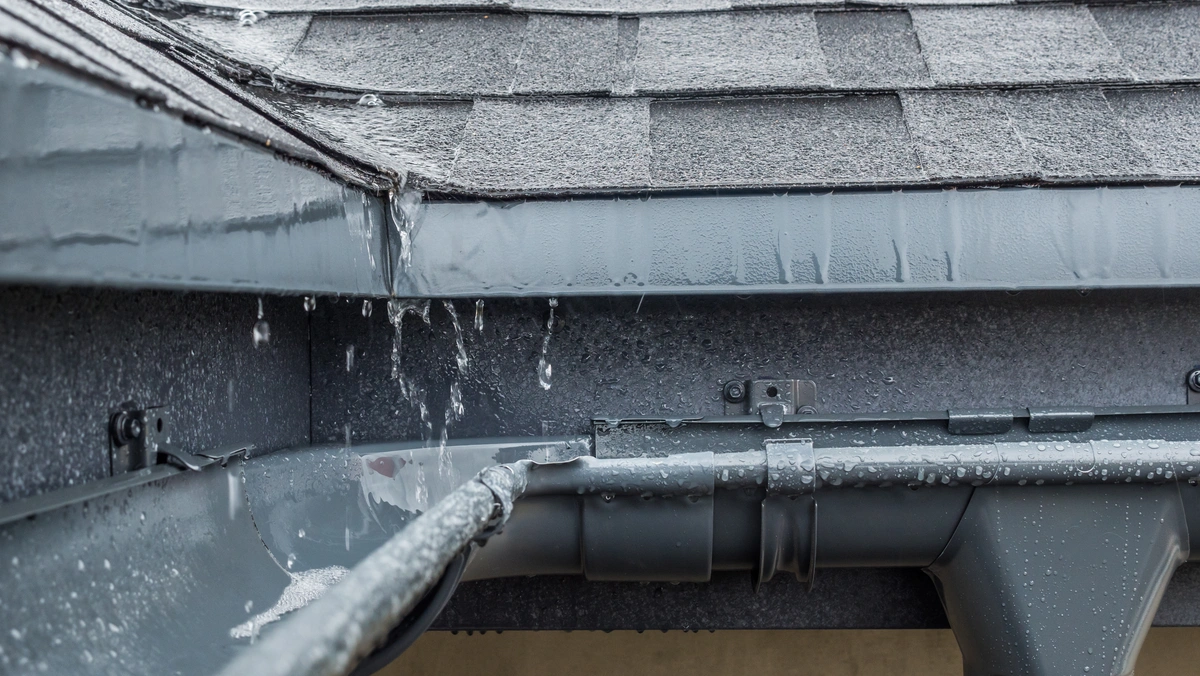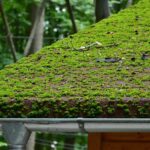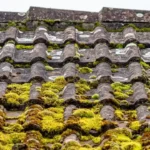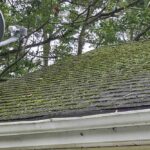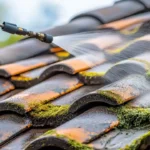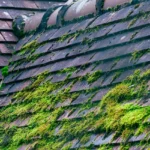Ensuring the durability and longevity of your roof drainage systems is crucial for protecting your home from water damage. Proper maintenance and timely interventions can significantly extend the lifespan of roof drainage systems, thereby saving you from costly repairs and replacements. In this article, we will delve into various strategies and practices that homeowners can adopt to maintain their roof drainage systems in optimal condition.

Understanding Roof Drainage Systems
Before we explore maintenance techniques, it is essential to understand the components of a roof drainage system. Typically, these systems include gutters, downspouts, and drainage pipes that work together to direct water away from your home. A well-functioning system prevents water accumulation on the roof, which can lead to leaks and structural damage.
Importance of Regular Maintenance
Regular maintenance is the cornerstone of extending the lifespan of roof drainage systems. Performing routine checks allows you to identify and fix minor issues before they escalate into significant problems. Key maintenance tasks include cleaning gutters, inspecting for leaks, and ensuring that downspouts are unobstructed.
Cleaning Gutters
Gutter cleaning is a critical task that should be performed at least twice a year, preferably in the spring and fall. Leaves, debris, and other materials can accumulate in the gutters, causing blockages that impede water flow. Use a ladder to access the gutters, and remove debris using a scoop or gloved hands. For more efficient cleaning, consider using a pressure washer. Regular cleaning prevents clogs and ensures that water is efficiently directed away from the roof.
Inspecting for Leaks
Leaks in the roof drainage system can lead to water seepage and damage to the homes structure. During your routine maintenance, inspect the gutters and downspouts for any signs of leaks or cracks. Pay special attention to the joints and seams, as these areas are prone to leakage. If you detect any leaks, apply a sealant to repair the affected areas promptly.
Ensuring Downspouts Are Unobstructed
Downspouts play a vital role in directing water away from the foundation of the house. Ensure that the downspouts are free of obstructions and adequately connected to the drainage pipes. If necessary, use a plumbers snake to clear any blockages within the downspouts.
Enhancing System Longevity
Aside from routine maintenance, several enhancements can be made to the roof drainage system to prolong its lifespan. These improvements include installing gutter guards, adjusting the slope of the gutters, and considering professional inspections.
Installing Gutter Guards
Gutter guards are a practical solution for preventing debris from entering the gutters. These guards are available in various materials and designs, such as mesh screens and foam inserts. By blocking debris, gutter guards reduce the frequency of gutter cleaning and minimize the risk of clogs.
Adjusting the Slope of Gutters
The slope of the gutters is crucial for facilitating effective water flow. If water pools in the gutters, it may indicate an improper slope. Adjusting the gutter slope can improve water drainage and prevent water accumulation, extending the systems lifespan.
Professional Inspections
While regular maintenance can be performed by homeowners, professional inspections offer a comprehensive assessment of the roof drainage systems condition. Hiring a professional to inspect the system annually can help identify underlying issues that may not be apparent to the untrained eye. Professionals can also provide valuable recommendations for system improvements.
Addressing Common Issues
Despite regular maintenance, roof drainage systems may encounter common issues such as rusting, sagging gutters, and ice dams. Addressing these issues promptly can prevent further damage and extend the systems lifespan.
Rusting of Gutters
Rust is a common problem for metal gutters, particularly those made of steel. To prevent rusting, ensure that gutters are coated with a protective sealant. If rust appears, remove it using a wire brush and apply a rust-inhibiting primer before repainting the gutters.
Sagging Gutters
Sagging gutters can result from improper installation or the accumulation of heavy debris. To fix sagging gutters, tighten the gutter hangers or brackets. If necessary, add additional hangers for better support.
Preventing Ice Dams
Ice dams occur when snow on the roof melts and refreezes at the gutters edge. These ice formations can block water flow and damage the gutters. To prevent ice dams, ensure proper attic insulation and ventilation, which can help maintain a consistent roof temperature and reduce the risk of ice formation.
Environmental Considerations
Environmental factors such as heavy rainfall, snow, and storms can significantly impact the lifespan of roof drainage systems. Understanding these factors and taking appropriate precautions can help mitigate their effects.
Heavy Rainfall
During heavy rainfall, ensure that the roof drainage system can handle the increased water volume. Consider installing larger gutters or additional downspouts to accommodate the excess water. Regularly check for blockages to prevent overflow and water damage.
Snow and Ice
Snow and ice can place additional strain on the roof drainage system. To prevent damage, remove excess snow from the roof using a roof rake. Additionally, ensure that gutters and downspouts are securely fastened to withstand the weight of snow and ice.
Storm Preparedness
Storms can cause significant damage to roof drainage systems. Before a storm, inspect the system for any vulnerabilities and secure loose components. After a storm, assess the system for any damage and perform necessary repairs.
Long-Term Strategies for Durability
In addition to routine maintenance and addressing immediate issues, homeowners can adopt long-term strategies to enhance the durability of roof drainage systems. These strategies include selecting durable materials, implementing water diversion techniques, and investing in system upgrades.
Selecting Durable Materials
When installing or replacing roof drainage components, choose materials that offer durability and longevity. Options such as aluminum, copper, and vinyl provide excellent resistance to weathering and corrosion.
Water Diversion Techniques
Implementing water diversion techniques, such as adding splash blocks or extending downspouts, can protect the foundation of your home and reduce the strain on the roof drainage system. These techniques direct water away from the house, minimizing the risk of water damage.
Investing in System Upgrades
Consider upgrading your roof drainage system with modern technologies, such as rainwater harvesting systems or smart gutters that monitor water flow. These innovations can enhance system efficiency and contribute to sustainability efforts.
Conclusion
By implementing regular maintenance, addressing common issues, and adopting long-term strategies, homeowners can significantly extend the lifespan of roof drainage systems. A well-maintained system not only protects your home from water damage but also contributes to its overall value and curb appeal.

FAQs
How often should I clean my gutters?
Gutters should be cleaned at least twice a year, in the spring and fall, to prevent clogs and ensure efficient water drainage.
What are the signs of a clogged roof drainage system?
Signs of a clogged system include water overflow from the gutters, sagging gutters, and water pooling around the foundation of your home.
Can I install gutter guards myself?
Yes, many gutter guards are designed for DIY installation. However, if you are unsure, it is advisable to hire a professional to ensure proper installation.
For more information on unclogging roof drainage systems and roof drainage solutions, visit our related articles.
External resources on roof drainage systems can be found at Northface Construction.
This article contains affiliate links. We may earn a commission at no extra cost to you.



